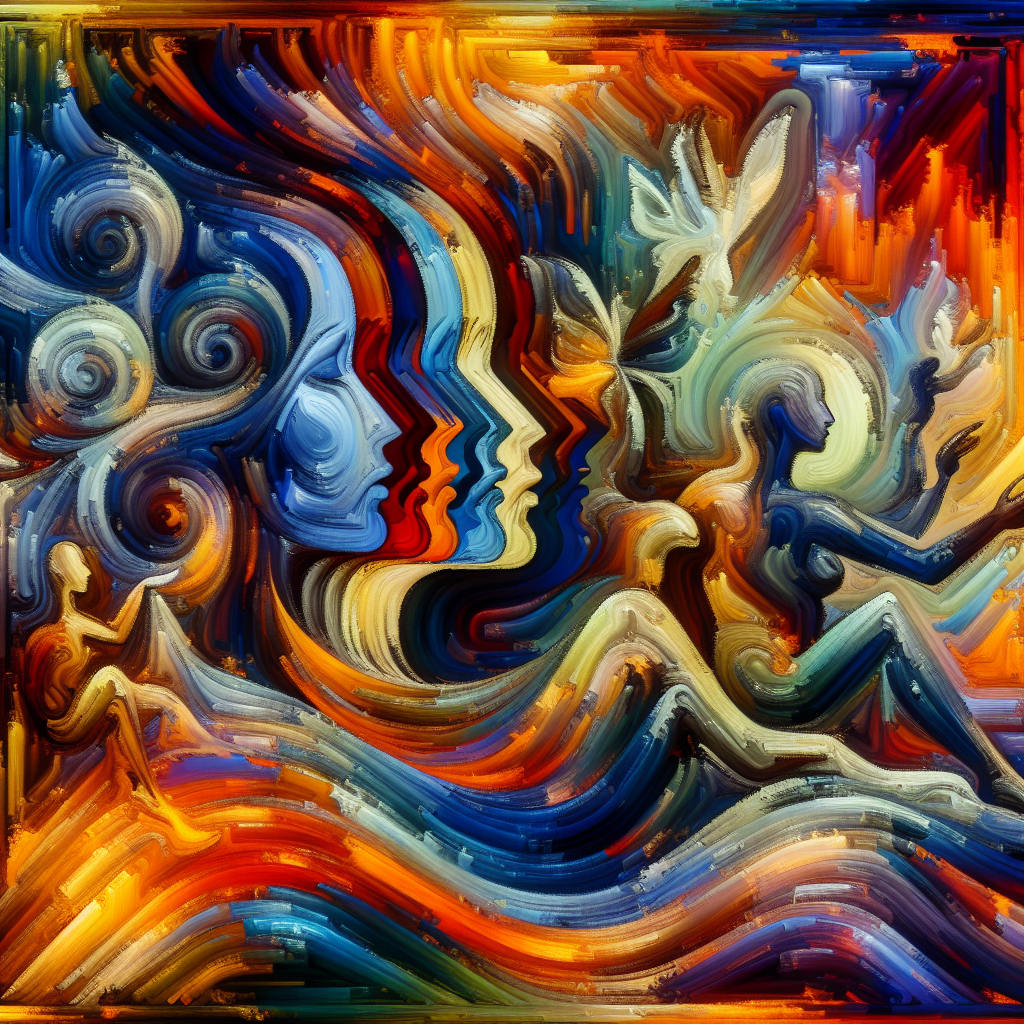-
Table of Contents
“`html
Emo Rap: The Fusion of Emotional Lyrics with Hip-Hop Beats

Emo rap is a genre that has emerged as a powerful fusion of emotional, introspective lyrics with the rhythmic beats of hip-hop. This unique blend has captivated audiences worldwide, offering a fresh perspective on both music and emotion. In this article, we delve into the origins, characteristics, and impact of emo rap, providing valuable insights into this compelling genre.
Top 5 Tips for Understanding Emo Rap
- Explore the roots of emo and hip-hop to understand their fusion.
- Listen to key artists who have shaped the genre.
- Analyze the lyrical themes common in emo rap.
- Observe the production techniques that define the sound.
- Consider the cultural impact and audience reception.
The Origins of Emo Rap
Emo rap is a relatively new genre that began gaining traction in the late 2000s and early 2010s. It draws from the emotional intensity of emo music, a style that emerged in the 1980s, characterized by its expressive and confessional lyrics. By combining these elements with the beats and rhythms of hip-hop, emo rap creates a sound that resonates deeply with listeners.
Influential Artists and Pioneers
Several artists have been instrumental in shaping the emo rap genre. Lil Peep, often considered a pioneer, blended elements of punk rock and hip-hop to create a raw, emotional sound. XXXTentacion and Juice WRLD further popularized the genre, bringing it to mainstream audiences with their introspective lyrics and innovative production.
Characteristics of Emo Rap
Emo rap is defined by its unique combination of lyrical content and musical style. The lyrics often explore themes of mental health, heartbreak, and existential angst, providing a voice for those who feel marginalized or misunderstood. The music itself typically features lo-fi beats, melodic hooks, and a blend of acoustic and electronic elements.
Lyrical Themes
- Mental health struggles and personal introspection
- Heartbreak and relationship issues
- Existential questions and self-discovery
Production Techniques
Producers in the emo rap genre often use a mix of live instruments and digital sounds to create a distinctive atmosphere. The use of reverb and echo effects is common, adding to the emotional depth of the music. Sampling from other genres, such as rock or pop, is also prevalent, further blurring the lines between musical styles.
The Impact of Emo Rap
Emo rap has had a significant cultural impact, particularly among younger audiences. It has opened up conversations about mental health and emotional vulnerability, challenging traditional notions of masculinity in hip-hop. The genre’s popularity is reflected in streaming numbers, with artists like Juice WRLD and Lil Peep achieving billions of streams on platforms like Spotify.
Audience Reception
The reception of emo rap has been largely positive, with many listeners finding solace in the relatable lyrics and emotive soundscapes. However, the genre has also faced criticism for its sometimes dark and nihilistic themes. Despite this, emo rap continues to grow in popularity, influencing a new generation of artists and fans.
Conclusion
Emo rap represents a powerful fusion of emotional expression and musical innovation. By blending the introspective lyrics of emo with the dynamic beats of hip-hop, the genre offers a unique and compelling listening experience. As it continues to evolve, emo rap will undoubtedly leave a lasting impact on the music industry and its listeners.
For more information on the history and development of emo music, you can visit Wikipedia.
“`




